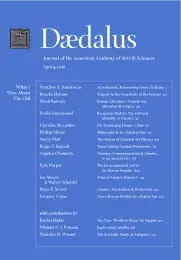Materializing Ancient Documents
Two materially oriented revolutions have transformed the study of ancient documents in recent decades: first, a new interest in the ancient production of written artifacts; and second, the concern with the archaeological contexts, and more particularly the taphonomy–that is, the processes at work in the burial–of those same objects. The first, largely driven by the availability of digital images, has given life to the study of ancient writing as a cultural and social phenomenon and to the social life of written objects. In the process, connections between literary and documentary texts have come to the fore and distinctions between these categories have eroded. The second revolution began with an interest in what archaeological contexts of excavated papyri could tell us about the history of the texts, but it has evolved to see the texts themselves as artifacts engaged in an iterative dialogue with both the contexts and other objects found in them.
Two materially oriented revolutions have transformed the study of ancient documents in recent decades: first, a new interest in the ancient production of written artifacts; and second, the concern with the archaeological contexts, and more particularly the taphonomy–that is, the processes at work in the burial–of those same objects. The first of these has to do with both the raw materials of writing and the act of writing itself, and has been brought to life in the last twenty years by the increasing availability of high-resolution digital images. These revolutions have had major effects on the practice of epigraphy (the study of texts on stone and metal), papyrology (the study of texts on papyrus, potsherds, and wooden tablets), and are now beginning to affect numismatics (the study of coins and medals) as well, though the effects have reached these disciplines in unequal measure: Papyrology, from which I shall draw my examples, is far ahead of epigraphy on the digital imaging front. Epigraphy, on the other hand, has long been more closely tied to archaeology and is only slowly getting traction on digital images. Numismatics is now starting to catch up to the others.1 . . .
